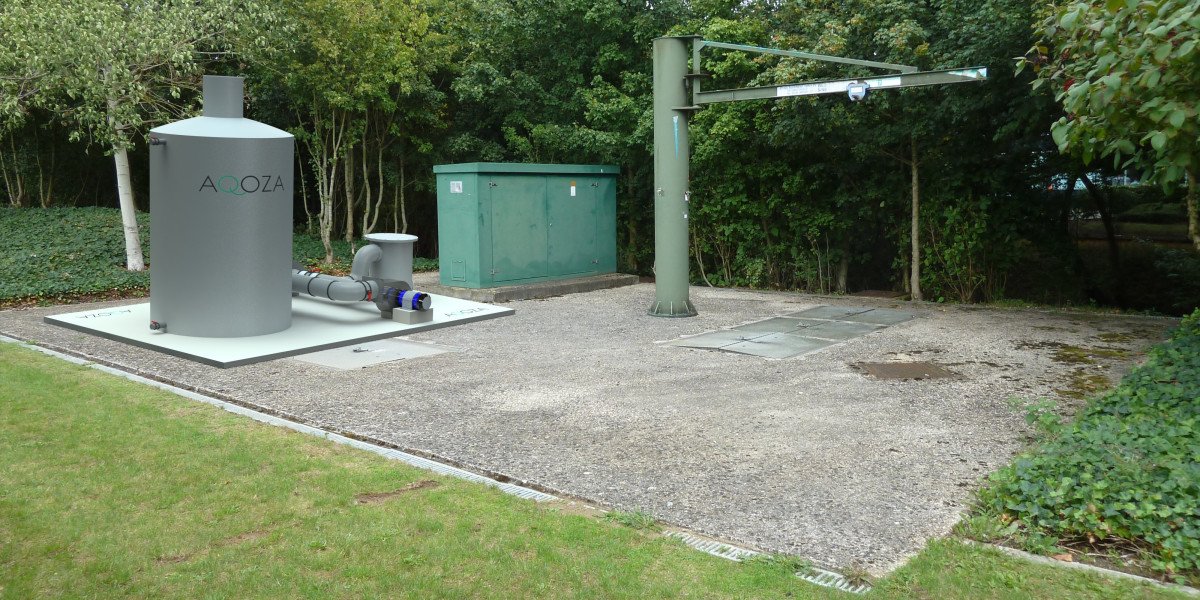Sources of Odor in Sewage Treatment Plants
Odors in a sewage treatment plant primarily emanate from two areas: the wastewater collection systems and the sludge treatment area. The collection system includes sewage receiving channels, screening processes, grit removal, and collection sumps. The sludge treatment area encompasses sludge storage tanks, digesters, and sludge dewatering equipment rooms. The primary cause of these odors is the anaerobic decomposition of organic matter, which generates gases such as hydrogen sulfide, ammonia, mercaptans, and volatile organic compounds (VOCs). If these gases are not treated, they can lead to air pollution and health hazards. Therefore, implementing an effective odour control system is vital for protecting public health and ensuring compliance with environmental regulations.
Choosing the Right Odour Control Unit
Selecting an appropriate odour control unit is crucial for efficiently managing odors at a wastewater treatment plant. An effective odour control unit will extract odorous gases from designated areas and release clean, odorless air. Several established odour control technologies are available, including activated carbon adsorption, chemical scrubbers, and biological oxidation systems. The choice of technology depends on the specific needs of the plant, balancing effectiveness with operating costs.
Activated Carbon Adsorption
Activated carbon adsorption is a widely used method that relies on the principle of adsorption, where odorous gas molecules adhere to the surface of the carbon media. This process effectively removes hydrogen sulfide, ammonia, VOCs, and mercaptans from the air. Activated carbon media can be either chemically impregnated or specially treated virgin carbon. For wastewater applications, water-regenerable activated carbon media is often preferred due to its longevity, ease of cleaning, and environmental benefits. A well-designed activated carbon system can achieve odour removal efficiencies of 99.9% or higher.
Chemical Oxidation
Chemical oxidation involves scrubbing water with oxidizing or neutralizing chemicals to suppress odors. Common chemicals used include sodium hypochlorite and sodium hydroxide. This method is suitable for intermittent odour removal in larger plants but requires careful management of chemicals and waste streams. Chemical oxidation typically achieves an odour removal efficiency of around 99%. However, ongoing chemical management and the potential impact on downstream processes must be considered.
Biological Oxidation
Biological oxidation is favored for its lower long-term operating costs. This approach uses microorganisms to break down odorous gases. There are three main types of biological systems: biofilters, bio-trickling filters, and bio-scrubbers.
- Biofilters use natural media like stones or wood chips to support microbial growth. They require significant space and continuous humidification, with an odour removal efficiency of 95-99%. The media typically needs replacement every 2 years, adding to operational costs. Due to these limitations, biofilters are less common in modern plants.
- Bio-Trickling Filters (BTFs) and Bio-Scrubbers are more advanced technologies. They utilize vertical packed towers made from materials like recycled glass, plastic, or polyurethane foams. These systems require less space compared to biofilters and offer longer media life, typically 10-15 years. In BTFs, the misting water is not recirculated, whereas in bio-scrubbers, it is continuously recycled. Both systems can achieve odour removal efficiencies of up to 99.9% with appropriate design and operational adjustments.
Combining Technologies for Optimal Results
To ensure consistent odour control, many municipal treatment plants use a two-stage approach, combining biological treatment with activated carbon adsorption. This combination maintains high efficiency, even if the biological unit experiences process upsets.
About AQOZA
AQOZA specializes in advanced odour removal systems, including bio-scrubbing and activated carbon adsorption technologies. Explore our website to learn more about our innovative solutions and filtration media for effective odour and gas removal applications.








